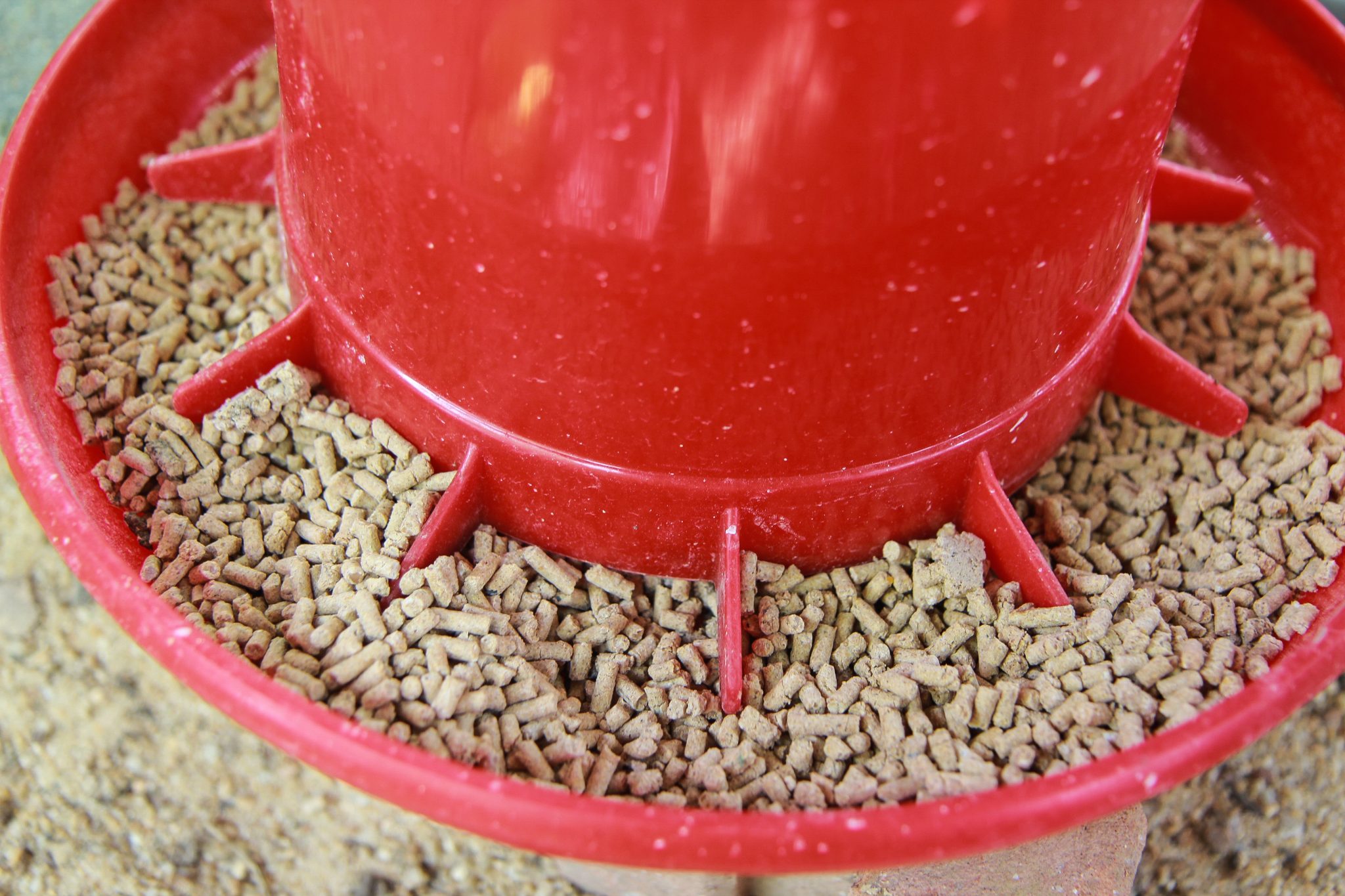Globally, human demand for meat has increased fourfold over the last fifty years, and demand for chicken meat is increasing most rapidly. In Australia, chicken is the most popular form of meat and demand continues to rise. In fact, it’s predicted that the chicken meat industry will need to increase production by 40% by 2050 to keep up with demand.
As the sector aims to become more efficient, a recent focus has been on moving meat chicken diets away from the traditional soybean meal base.
Sifting the soybean meal from the chaff
As one of the most common sources of protein in meat chicken diets, soybean meal offers an efficient form of protein and metabolisable energy for chickens. As the world’s appetite for meat increases, so does the demand for soybean meal, which raises issues around escalating prices, supply continuity and our reliance on imports.
“Australian chicken meat producers are 100 per cent reliant on the importation of soybean meal from South America so we have little say over what price we pay for it,” said Dr Sonia Liu, a Senior Lecturer in Poultry Nutrition at the University of Sydney who has been undertaking research into soybean alternatives for the meat chicken sector.
“Plantings of soybeans have been rapidly expanding in South America as a result of increased global demand, and production represents a recent threat to tropical biodiversity in Brazil”.
As the chicken meat industry searches for alternatives to soybean meal, the commercial availability of synthetic, feed-grade amino acids has offered the sector a viable supplement to essential amino acids.
Moving to a low-protein diet offers a range of potential benefits, but feeding chickens in a new way requires considerable research to develop a nutritional balance that promotes growth performance at the most efficient price point.
Filling the knowledge gaps
Recent research undertaken by Dr Liu is helping the industry to refine its approach to low-protein diets. An initial study ascertained the importance of individual amino acids on chicken health and performance. Chickens that received a diet deficient in two amino acids (valine and isoleucine) weighed less than chickens fed a control diet (5% and 17% respectively), indicating that these amino acids are critical for optimal metabolism.










